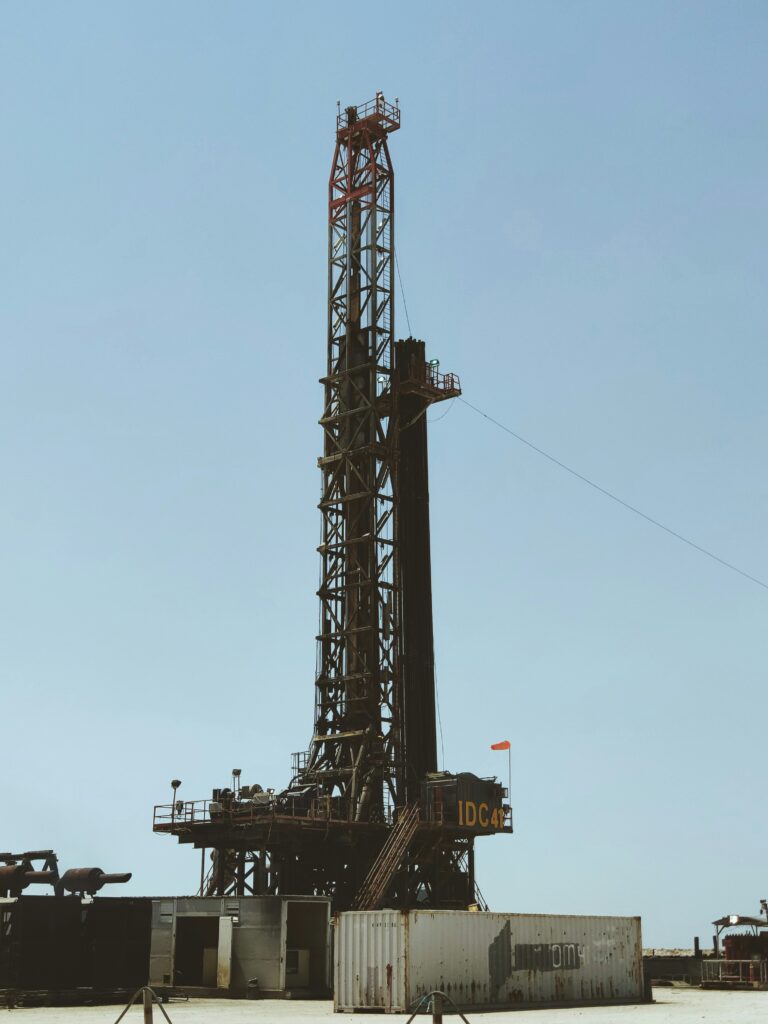Driving Through Drilling Zones in Texas? Follow These Safety Tips
Texas is home to one of the most active Drilling zones of oil and gas industries in the country. From the Permian Basin to the Eagle Ford Shale, drilling zones dot the map and bring heavy equipment, large trucks, and increased traffic to rural roads and highways. While these areas are vital to the economy, they can be extremely dangerous for everyday drivers.
If you live in or travel through drilling regions, understanding the risks—and how to navigate them safely—is essential.
Why Drilling Zones Are Risky for Drivers
Drilling activity increases traffic volume and road wear, especially from heavy-duty trucks and oversized equipment. Many of these roads weren’t built to withstand that kind of stress. The result? More potholes, blind curves, shoulder erosion, and unpredictable hazards.
Some of the biggest risks include:
-
Large commercial trucks entering or exiting roadways without warning
-
Oilfield convoys blocking intersections or traveling at inconsistent speeds
-
Fatigued workers behind the wheel after long shifts
-
Dust, mud, and debris reducing visibility or road traction
-
Inadequate signage or lighting around construction or work sites
Safety Tips for Driving Through Drilling Zones
If you find yourself in or near a Texas drilling area, follow these tips to reduce your chances of an accident:
1. Slow Down and Stay Alert
Speeding through rural drilling areas can be deadly. Speed limits might not reflect actual road conditions, especially with work vehicles and equipment around. Drive slower than usual, and watch for warning signs, flashing lights, and sudden stops.
2. Keep Your Distance
Heavy trucks have longer stopping distances and bigger blind spots. Tailgating one could cost you your life. Leave plenty of space between your vehicle and the one in front of you—especially when following semis or tankers.
3. Use Headlights and Wipers Early
Dust from trucks or loose gravel can reduce visibility fast. Turning your headlights on—even during the day—makes your car more visible to others. Make sure your windshield wipers and washer fluid are in good shape.
4. Avoid Distractions
Now is not the time to be texting or fumbling with your radio. Driving through drilling zones requires full attention. If you’re unfamiliar with the area, set your GPS before you leave and avoid rerouting mid-drive.
5. Watch for Worker Traffic
Shift changes at drilling sites often bring a surge of traffic. Workers may be tired and in a hurry to get home. Be especially careful during early mornings or late evenings when visibility is lower and fatigue is high.
6. Report Unsafe Conditions
If you see road damage, missing signs, or other hazards in a drilling area, report it to the local Department of Transportation or sheriff’s office. Quick reporting can help prevent accidents and keep everyone safer.
What to Do If You’re Involved in a Crash
If you’re injured in an accident involving an oilfield truck or in a drilling zone:
-
Call 911 immediately and report the accident.
-
Seek medical attention, even if you feel fine initially—some injuries take time to show.
-
Document the scene: take photos of the vehicles, license plates, road conditions, and any signage.
-
Do not speak with insurance representatives from the drilling or trucking company without legal advice.
-
Contact a personal injury lawyer experienced in oilfield or commercial vehicle accidents.
These types of crashes often involve corporate insurance, liability questions, and aggressive legal teams working against you. Having the right attorney can make all the difference in recovering compensation for your injuries, lost wages, and pain.
Final Thoughts
Driving through Texas drilling zones requires patience, awareness, and extra caution. While the oil and gas industry is a key part of the state’s economy, safety must come first—on both sides of the wheel. Whether you’re a local commuter or just passing through, being proactive can help you avoid costly—and potentially deadly—mistakes.
If you’ve been injured in a crash near a drilling zone, don’t wait. Speak with an experienced personal injury attorney who understands the unique challenges of oilfield-related accidents in Texas.

